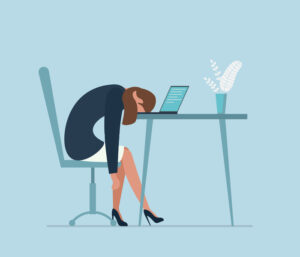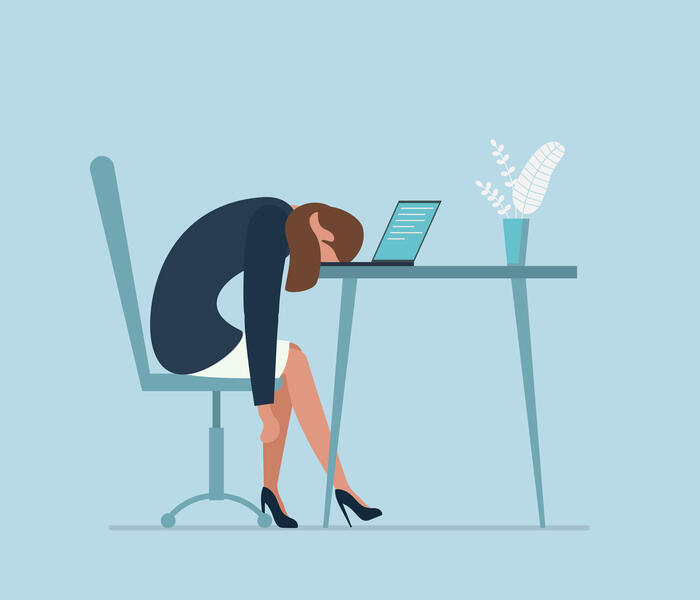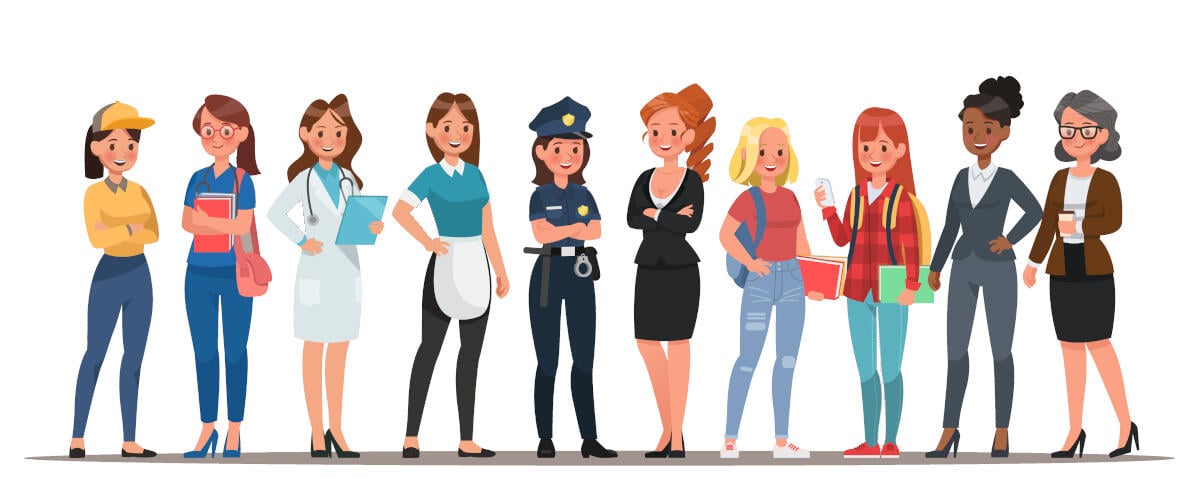March is Women’s History Month and this year National Women’s History Alliance chose the theme: “Providing Healing, Promoting Hope.”
“The 2022 Women’s History theme, ‘Providing Healing, Promoting Hope,’ is a tribute to the ceaseless work of caregivers and frontline workers during this ongoing pandemic. It also recognizes the thousands of ways that women of all cultures have provided both healing and hope throughout history.”
Women out in force
There are 166 million women in America today and they comprise 57 percent of the workforce. And as this year’s Women’s History theme indicates, they’ve provided healing and hope to millions of us over the course of the pandemic.
Among emergency responders, 37.6 percent are women. They represent 30 percent of EMTs [emergency medical technicians] and 31.7 percent of American paramedics. There are more than 6,000 female firefighters which is 5 percent of the total. And among law enforcement officers women represent 13.1 percent.
They do the same dangerous jobs as their male counterparts, but they earn 95 cents for every dollar men make.
According to stacker.com, “…2059 …that’s when data shows that women will finally achieve equal pay to their male counterparts. It’s hard to believe that closing the gender wage gap will take nearly a century after the Equal Pay Act was passed in 1963. ….white women earned 82 cents by 2018……Among women working full-time jobs in the U.S., Black women are paid 62 cents, Native American women 57 cents, and Latinas 54 cents for every dollar paid to white men, according to the National Partnership for Women & Families.”
The not so great resignation
 “The more things change, the more they remain the same.” This familiar adage, coined by French writer Jean-Baptiste Alphonse Karr, rings truer today than ever! Traditional gender roles are challenged every day, and yet they persist with alarming tenacity. So women still earn less than men, for the most part, and they still bear the burden of all things domestic—housekeeping, meal preparation, and child care.
“The more things change, the more they remain the same.” This familiar adage, coined by French writer Jean-Baptiste Alphonse Karr, rings truer today than ever! Traditional gender roles are challenged every day, and yet they persist with alarming tenacity. So women still earn less than men, for the most part, and they still bear the burden of all things domestic—housekeeping, meal preparation, and child care.
These “normal” duties took an abnormal toll on many of these women when COVID-19 struck. Remote work assignments in tandem with the sudden responsibility for home-schooling, along with the loss of child care support. These calamities resulted in burnout among millions of women in the American workplace. Many of them reported physical maladies, stress, depression, and other mental illnesses. This triggered a virtual stampede, now called “the great resignation,” of more than 2 million women who quit their jobs.
While millions of people who quit found better jobs elsewhere, most women were compelled to quit because there was no school, or child care. So for them the great resignation wasn’t so great.
Repeating history or making it
Unequal pay, sexual harassment, gender discrimination—that’s the old paradigm.
 Is your company prepared to break it? If so, here’s how:
Is your company prepared to break it? If so, here’s how:
- Offer equal pay and equal status for equal work;
- Offer opportunities for growth and promotion without regard to the fact that a woman may also be both a wife and mother;
- Negotiate flexible work hours;
- Share responsibility for child care as needed;
- Treat sexual harassment and misogynism like “hate crimes” and facilitate emotional or psychological help for both the perpetrator and the victim;
- Work toward transforming your corporate culture into an environment where women feel safe being themselves;
- Create opportunities for innovation and brainstorming during which ideas from women are equally validated and considered for follow through; and
- Identify and deal with attitudes, values, and behaviors that are biased against women, including people of color.
It’s a tall order, but long overdue in many American companies. If yours is ready to make the great leap forward into diversity, inclusion, and equity or DEI, Magnovo is ready to make history with you. We have a quite a track record for making big changes easier.


